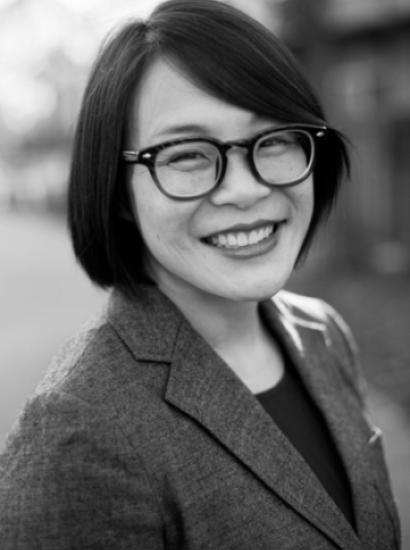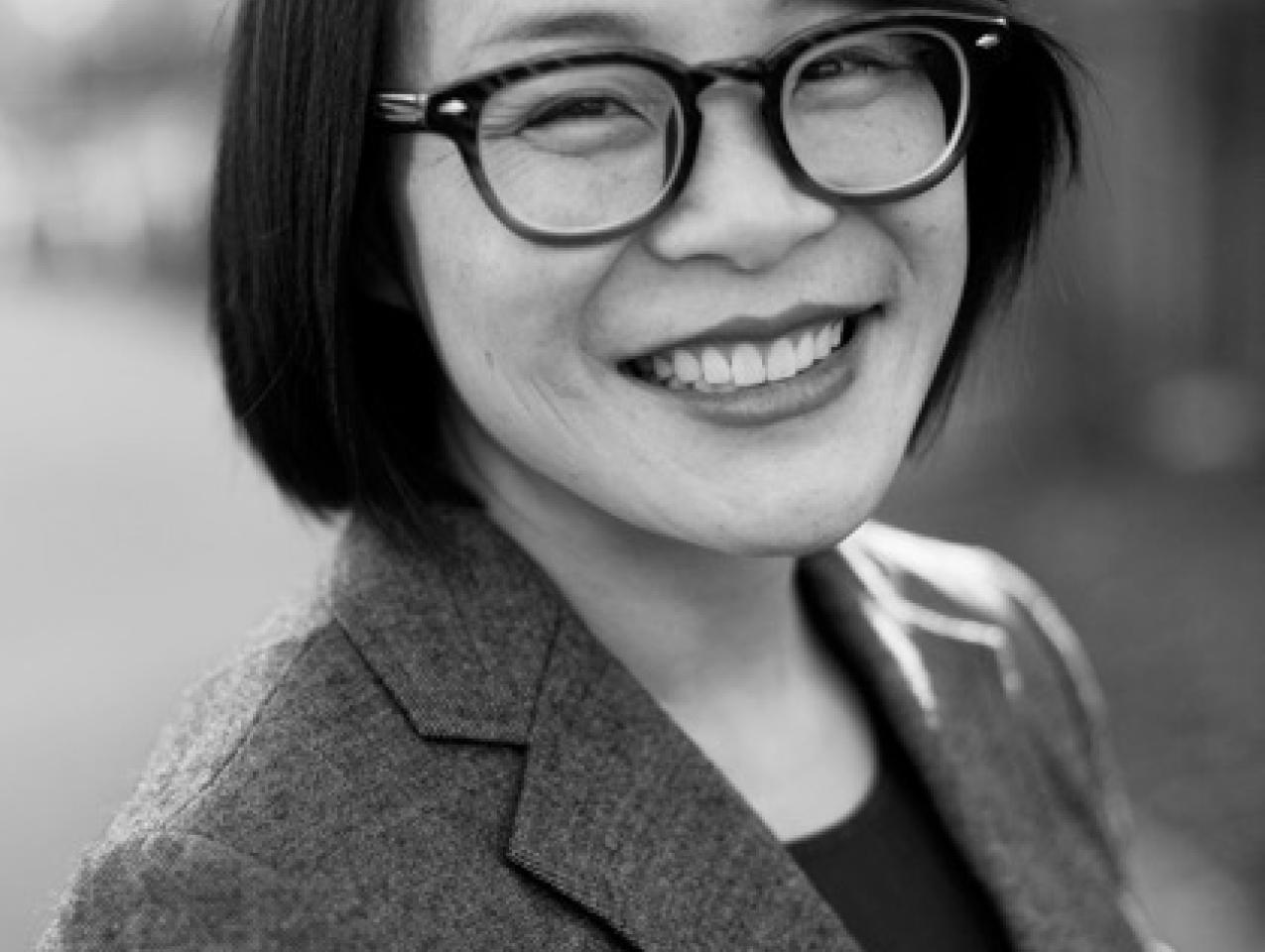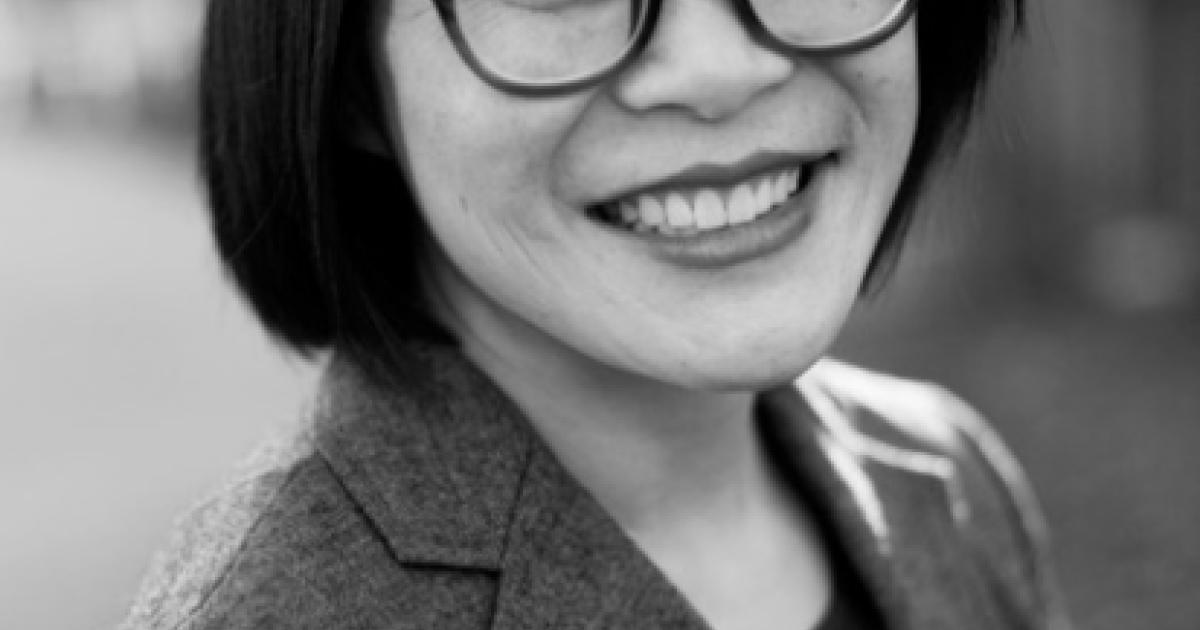
By Mei Li Inouye
Targeting the periodized (Republican, socialist, post-Mao) chronologies in which popular and official gender discourses in China have been studied, my dissertation project asks how representations, memories, and appropriations of Jiang Qing (1914-1991)—also known as Madame Mao and ringleader of the Gang of Four—illuminate the fissures and continuities of popular and official gender discourses over a tumultuous six decades in modern Chinese history. As a 2016-2017 Hoover Archives Silas Palmer Fellow, I examined the Nym Wales, Chinese Communist Party, and Chinese Cultural Revolution collections to pursue questions regarding gender dynamics in the communist revolutionary base camp of Yan’an as well as the visibility of Jiang Qing in Chinese Communist Party documents and Cultural Revolution newspapers.
While scholarship on the 1930s and 1940s Yan’an period has increased my awareness of this period’s importance in the formation of the Chinese socialist state and culture, the meticulous records and writings of Nym Wales (also known as Helen Foster Snow) have animated the gender dynamics of this period for me. Containing journal entries about life in Yan’an, interview notes with high level male and female cadres such as Zhou Enlai, General Zhu De, and Kang Keqing, and correspondence with notable international figures like Edgar Snow, Rewi Alley, and Ida Pruitt, Wales’ documents have helped me construct a vivid context within which to understand the stage and film actress Lan Ping’s transition into the revolutionary partner of Mao, known thereafter as Jiang Qing. Wales’ book chapter drafts such as “Who’s Who in Communist China” describes work of important male and female cadres in Yan’an; “The Better Half of the Chinese Revolution 1939” describes the leadership roles and gender equality efforts of women in Yan’an; and “A Living Theater at Work” dramatizes the revolutionary fervor drawing urbanites, such as Jiang Qing, to the rural outpost of Yan’an. Although Nym Wales’ time in Yan’an preceded that of Jiang Qing’s, her collection reconstructs the context for Jiang Qing as an actress in a revolutionary theater troupe, for her rejection by upper level female and male cadres who were loyal to He Zizhen, Mao’s third wife, and for her relegation to the position of housewife during the 1950s.
Moving on from the Yan’an period, the (1960s and 1970s) classified internal reports of the Chinese Communist Party and newspaper clippings from the Chinese Cultural Revolution collections have helped me examine the political environment in which Jiang Qing rose and fell from power. Of particular note, newspaper clippings from the Chinese Cultural Revolution Collection illustrate how Wang Guangmei, Jiang Qing’s rival and the wife of Liu Shaoqi, and Jiang Qing were depicted and criticized. Both were caricatured as vain, petty-bourgeois women (in a style reminiscent of 1930s Shanghai comics). What I previously considered to be a refeminization unique to Jiang Qing seems to be an extension of a common trope applied to Wang Guangmei and anyone else viewed as an enemy of the state during the Cultural Revolution. However, critiques of Jiang Qing’s ambition are linked to her departure from the domestic sphere—a criticism absent from those of Wang Guangmei.
The above examples are but a small sampling of the fruit of my research in Hoover Archives. Having recently returned from conducting research in five different archives abroad, I can attest that staff expertise and willingness to assist researchers, the quality and condition of collections, the generous trust placed in researchers to handle and copy precious documents combine to make research in Hoover Archives an unparalleled experience. I look forward to a return research trip. Thank you, Hoover Archives and the Silas Palmer Research Fellowship fund.
Mei Li Inouye is a PhD candidate in Stanford’s Department of East Asian Languages and Cultures.
















